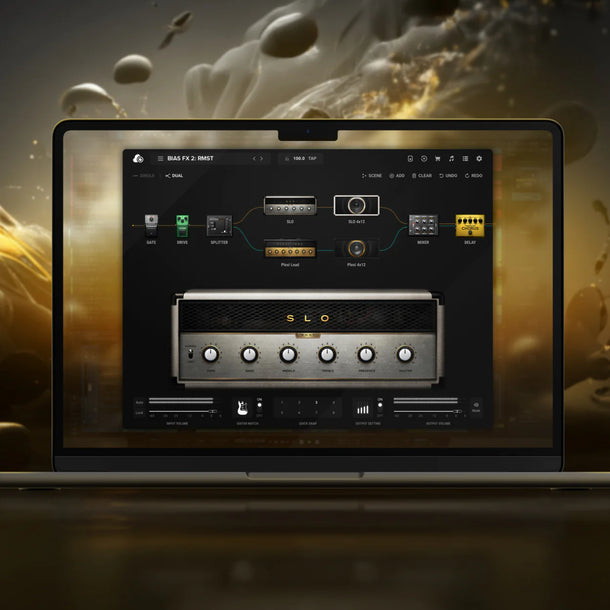 Crafting Unique Hybrid Amps in BIAS FX 2: Blending the Best of Two Worlds
Crafting Unique Hybrid Amps in BIAS FX 2: Blending the Best of Two WorldsSeptember 17, 2023
Guitarists and tone chasers around the world have long been in pursuit of the perfect sound. In the quest for sonic excellence, many have turned to BIAS FX 2, the versatile guitar effects processor and amp simulator from Positive Grid. While BIAS FX 2 comes packed with an impressive array of amplifier models, there's a secret world of sound exploration awaiting those who dare to venture into the realm of hybrid amps. Let’s uncover the art of creating unique hybrid amps in BIAS FX 2 By blending the best of both worlds, you can forge a sonic identity that's entirely your own. Step 1: Select Your Base Amps You'll need to choose two base amplifiers from BIAS FX 2's extensive collection and load them in BIAS FX's dual amp signal chain. Start by selecting an amplifier that forms the foundation of your tone. This is your primary amp, the one that defines the core characteristics of your sound. Next, pick a secondary amplifier with contrasting qualities that you want to blend with your primary amp. For example, if your primary amp is known for its warm, vintage tones, you might choose a secondary amp known for its aggressive modern sound. Step 2: Blend and Adjust Once you've loaded both amps onto your virtual rig, it's time to blend and adjust the settings. Start with these steps: Balance the Volume: Ensure that the output levels of both amps are balanced to avoid sudden jumps in volume when you switch between them. Experiment with EQ: Tweak the EQ settings of each amp to emphasize the desired characteristics. For instance, you can boost the treble on the primary amp for added brightness, while cutting the bass on the secondary amp for a tighter low end. Play with Gain Staging: Adjust the gain and overdrive settings on each amp to find the right amount of distortion or saturation. This step is crucial for dialing in your desired level of grit. Step 3: Add Effects and Fine-Tune To truly make your hybrid amp shine, experiment with BIAS FX 2's effects and additional signal chain components. You can add pedals, rack effects, and even customize your virtual microphone placement to further shape your sound. Don't forget to fine-tune your hybrid amp by listening carefully and making subtle adjustments until you're satisfied with the result. Trust your ears; they're your best guides in this creative process. Step 4: Save Your Creation Once you've crafted your unique hybrid amp, save it as a preset in BIAS FX 2. Give it a name that reflects its character and the two amps you've blended. This way, you can easily recall your creation for future recordings and performances. Want access to even more pro-level tools? Upgrade to BIAS FX Elite for access to over 200 presets, HD racks, effect modelers and more. Learn more and compare licenses here.
Read more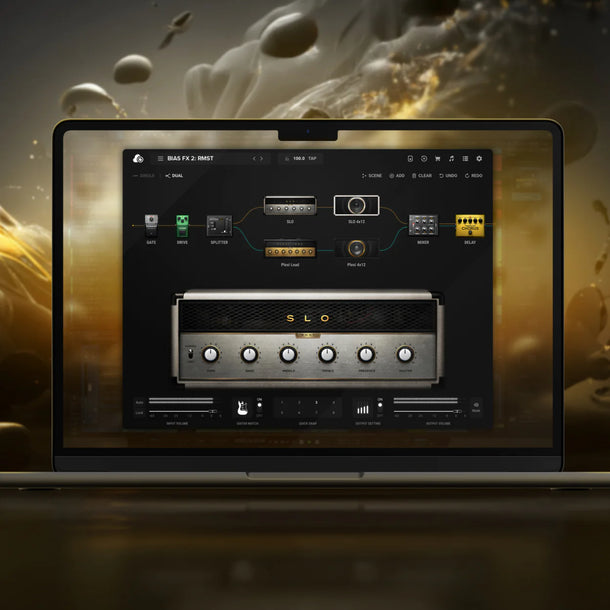 Recording with BIAS
Recording with BIASSeptember 17, 2023
If you're a guitarist or music producer, you've probably already crossed paths with the sonic powerhouse known as BIAS FX 2. It's the secret sauce that can take your guitar tones from bland to brilliant in the blink of an eye. We’re going to walk you through the process of loading up BIAS FX 2 as a plug-in in your Digital Audio Workstation (DAW) and cranking out some killer guitar tracks. So, grab your axe, and let's dive in! Step 1: Installation and Setup Before you can start using BIAS FX 2 as a plug-in in your DAW, you need to make sure it's properly installed on your computer. If you haven't already, check out these videos, download the software, and follow the installation instructions. Once BIAS FX 2 is installed, open your DAW. BIAS FX 2 is compatible with popular DAWs like Pro Tools, Ableton Live, Logic Pro, and others. Make sure your DAW is up-to-date to avoid any compatibility issues. Step 2: Insert BIAS FX 2 as a Plug-In Create a new audio or instrument track in your DAW. On the track, look for an option to insert an effect or instrument plug-in. This may be labeled as "Insert Plug-In," "Add Plug-In," or something similar. In the plug-in menu, navigate to the Positive Grid folder and select "BIAS FX 2." Now, BIAS FX 2 should be loaded onto your track as an insert effect. You'll see the BIAS FX 2 interface, ready for you to start shaping your guitar tone. Step 3: Setting Up BIAS FX 2 Before you start recording, you'll want to configure BIAS FX 2 to get the desired guitar tone. Here's how to do it: Choose Your Amp and Effects: BIAS FX 2 provides a wide range of amplifiers, cabinets, and effects pedals. Select the ones that suit your music style and the sound you're going for. Adjust Parameters: Fine-tune your tone by tweaking parameters like gain, EQ, reverb, and more. Experiment with different settings to find the perfect sound. Save Presets: Once you've crafted your ideal guitar tone, save it as a preset. This way, you can easily recall it for future recordings or performances. Step 4: Recording with BIAS FX 2 Now that your BIAS FX 2 plug-in is set up, it's time to start recording your guitar: Make sure your guitar is connected to your audio interface, and the interface is connected to your computer. Arm the track for recording in your DAW. Play your guitar, and you should hear the processed sound from BIAS FX 2 in real-time. Hit the record button in your DAW to start recording your guitar performance. Play along with your backing tracks or record other instruments as needed. When you're finished recording, hit the stop button in your DAW. Step 5: Post-Recording Editing After you've recorded your guitar parts, you may want to make some additional adjustments. Here are some post-recording tips: Editing: Use your DAW's editing tools to trim, cut, or rearrange your recorded guitar parts. Mixing: Adjust the levels, panning, and EQ of your recorded guitar to fit it into your mix seamlessly. Automation: Experiment with automation to create dynamic changes in your guitar tone throughout the song. Add More Effects: If you're feeling creative, you can further process your guitar tracks with additional effects and plug-ins. Export: Finally, export your finished track as a high-quality audio file that you can share with the world. Want access to even more pro-level tools? Upgrade to BIAS FX Elite for access to over 200 presets, HD racks, effect modelers and more. Learn more and compare licenses here.
Read more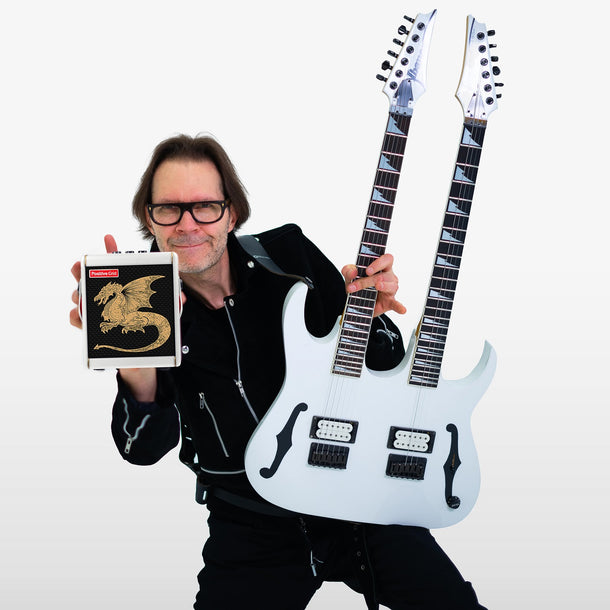 Paul Gilbert Custom Spark Presets Unveiled
Paul Gilbert Custom Spark Presets UnveiledSeptember 05, 2023
Positive Grid's latest collaboration with Paul Gilbert has brought us a gem in the form of a custom Spark MINI, personally crafted and autographed by the guitar virtuoso himself. If you missed out on this exclusive piece, don't fret, because you can still tap into the brilliance of his iconic sound.
Read more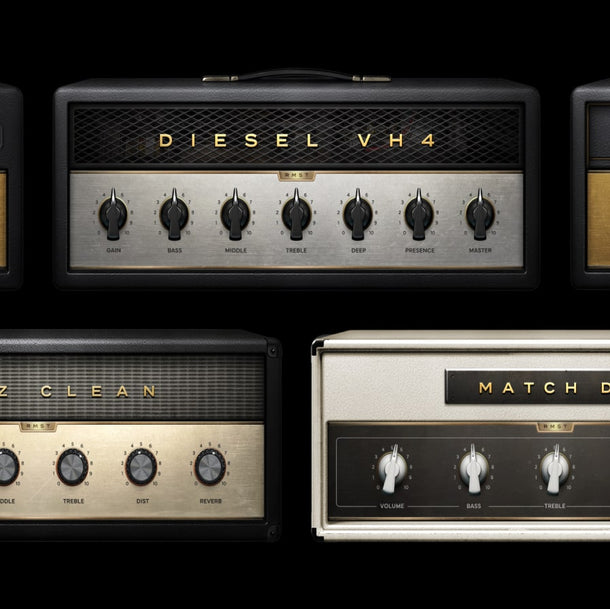 BIAS FX 2 RMST Amps Expansion Spotlight
BIAS FX 2 RMST Amps Expansion SpotlightAugust 25, 2023
The latest BIAS FX 2 update unveils an expansion to the RMST series amp collection that was introduced in the last BIAS update. This time around, the focus is mainly on cleans, while also introducing a sprinkle of crunch and high-gain goodness. Crafted with an all-new, dynamically detailed DSP engine, these brand new amps have been fine-tuned to provide enhanced accuracy in both dynamics and tone. Let’s give each amp a listen!
Read more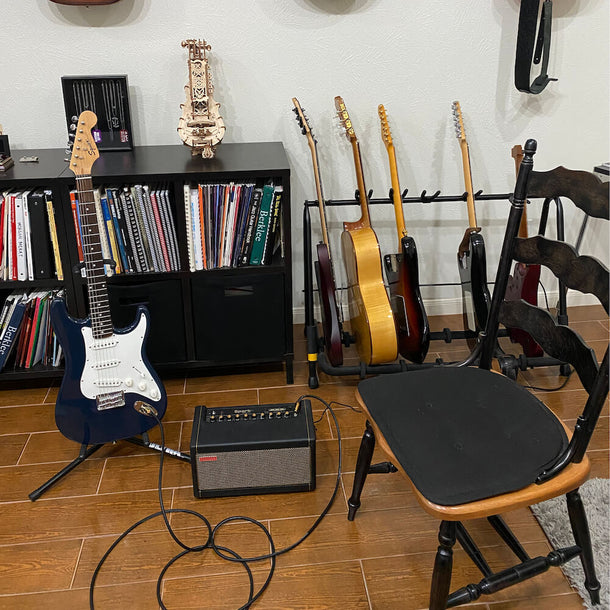 Why Guitar Teachers and Students Love Spark
Why Guitar Teachers and Students Love SparkAugust 08, 2023
Navigating the world of guitar gear can be both wonderful and complicated. With so many options out there, finding the perfect fit can feel like an overwhelming task. But fear not! We understand the struggle of searching for that ideal bang-for-your-buck gem.
Read more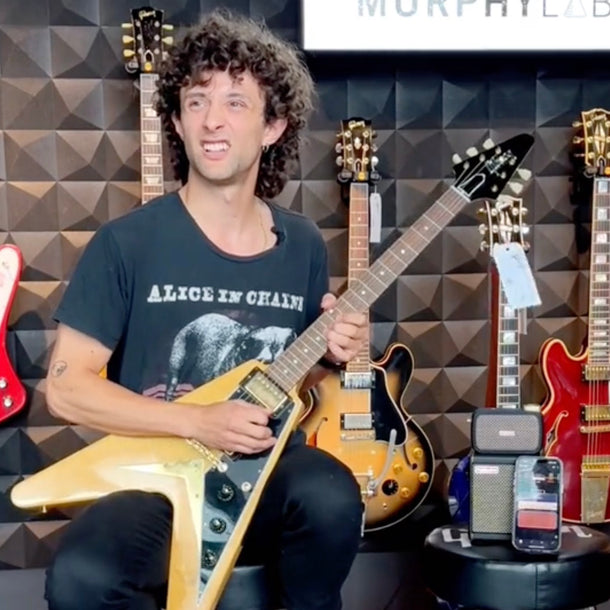 Positive Grid Visits the Gibson Guitar Garage with Spark MINI
Positive Grid Visits the Gibson Guitar Garage with Spark MINIJuly 13, 2023
Dre DiMura had the unbelievable chance to visit the Gibson Garage, where he plugged in the five most iconic guitars in Gibson's history into Positive Grid's portable smart guitar amp, Spark MINI. We're talking about legendary guitars here – imagine the 1959 Gibson ES-335 or the 1960 Les Paul, and let's not forget the mythical 1958 Flying V that we can only dream of owning. Get ready to watch Dre in action as he shreds his way through Gibson's most famous guitars, using all the amazing gear packed into Spark MINI. Here's the big question: if you had the chance, which guitar would you take home at the end of the day?
Read more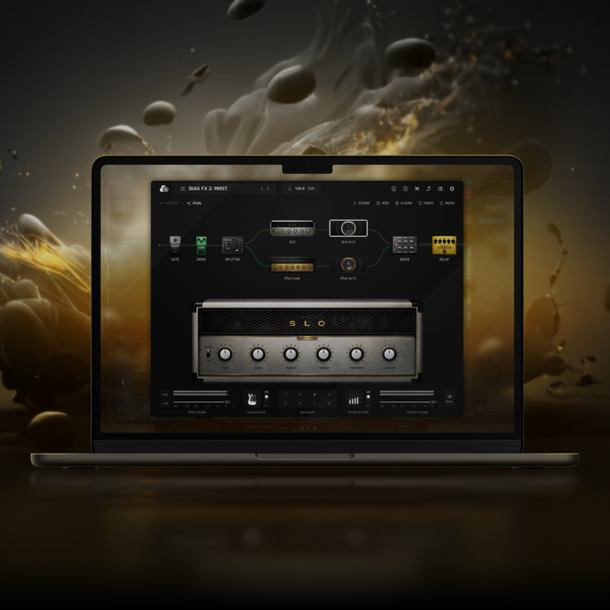 BIAS FX 2 RMST Amps Spotlight
BIAS FX 2 RMST Amps SpotlightJune 29, 2023
The latest BIAS FX 2 update introduces a remarkable improvement to 10 of the most popular amps. These amps, now part of the RMST series, have undergone a complete remastering process with an all-new DSP. This enhancement significantly enhances their sound accuracy and responsiveness, and if you're looking to achieve your dream tone, the RMST series amps are the perfect starting point.
Read more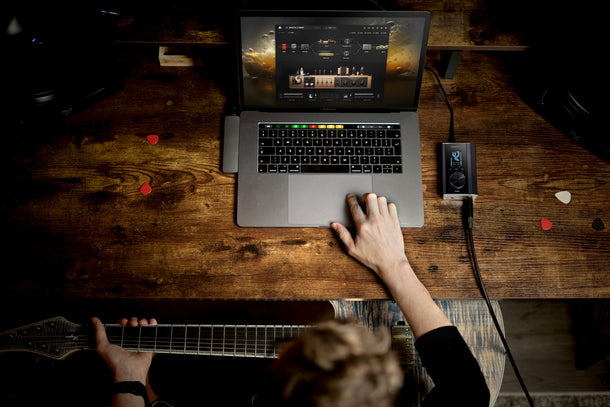 I Have a Spark Amp. Why Do I Need BIAS FX 2?
I Have a Spark Amp. Why Do I Need BIAS FX 2?June 13, 2023
Have you ever wondered what powers all the amazing tone you're getting out of your Spark amp? Well, here's a little secret: It's BIAS FX 2. That's right, the engine behind all the delicious sound you're pumping out of your Spark, Spark MINI, or Spark GO is none other than the award-winning guitar amp and effects software from Positive Grid.
Read more